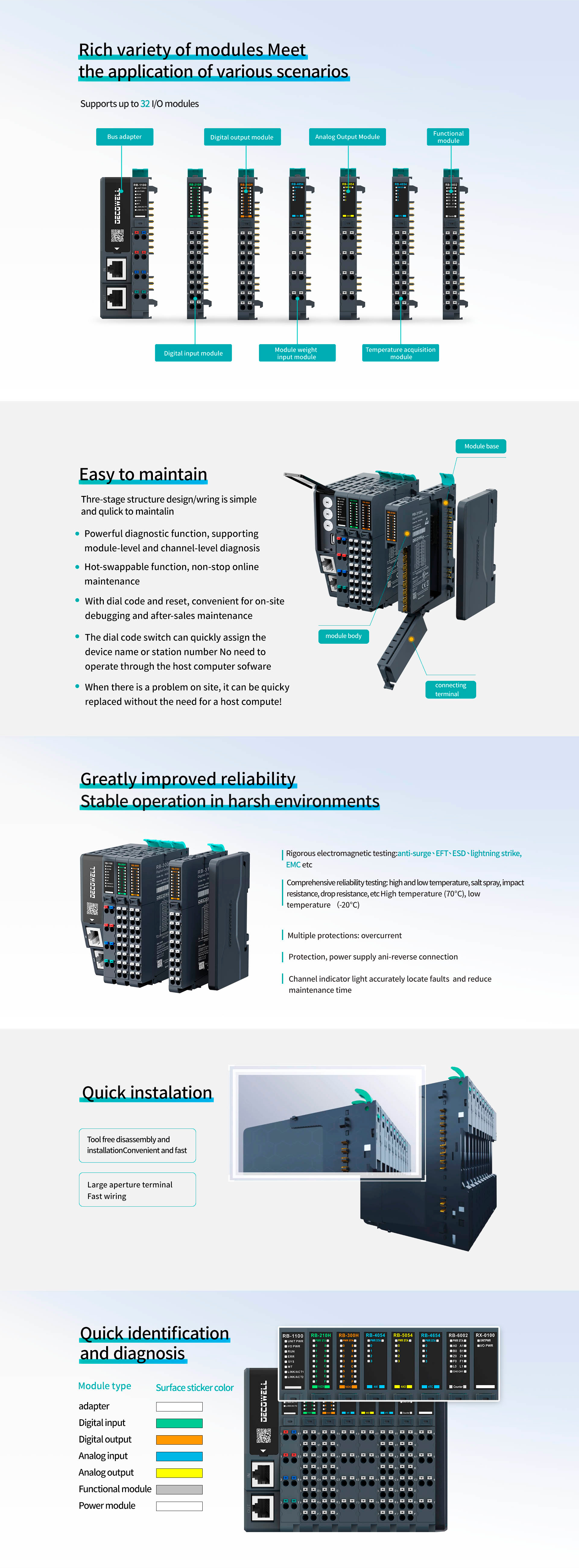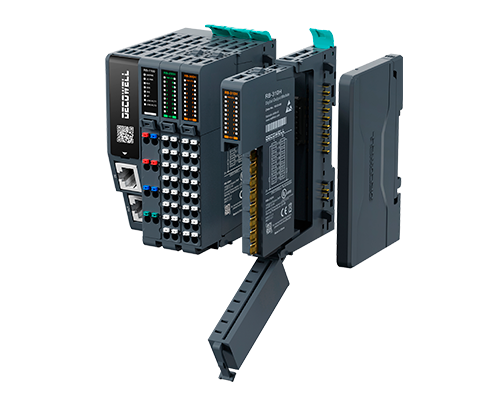Introduction: The Frustrations of DIY Engineering
Ever been in the middle of a project—powering up and instantly faced with input/output limitations? You know that moment when your microcontroller seems more like a micro-nuisance? Look, it’s simpler than you think. The culprit often lies in needing an io expander. It’s a game changer for maximizing your device’s potential, but the tech behind it can get tangled up for beginners. So, why do DIYers struggle with scalability in their designs? The answer often boils down to traditional solutions that lack flexibility and precision.

Body: Technical Breakdown
Traditional Solution Flaws
Think about it—when trying to expand your I/O lines without the right tools, things can take a turn for the worse. Many folks stick to older methods, dealing with a maze of wires and jumpers that scream chaos. The truth? Those setups are like running a marathon in flip-flops—hardly efficient! When every attempt at linking more sensors or outputs leads to confusion, it’s time to question the old ways.
New Technology Principles
Enter the realm of io expanders—a term that’s quickly becoming a buzz in maker spaces. So how do these nifty chips actually fetch you more performance? Simply put, they allow multiple devices to communicate through a single control line. Sounds like magic? It’s actually just solid engineering. Plus, scalability becomes a breeze with I2C or SPI protocols; plug in your modules and voilà! You’re ready to roll!
Quantified User Benefits
Users report faster prototyping and fewer headaches when they switch to an io expander setup. Imagine cutting down development time by half! We’re talking increased reliability and reduced wiring clutter. Not to mention they’re typically cost-effective. You can easily get your hands on quality options that keep both your wallet and your sanity intact.
Conclusion: Evaluation Criteria for Smart Choices
Always verify these 3 metrics when choosing solutions: ① Compatibility with existing components ② Latency—the quicker, the better! ③ Scalability potential—look for something that grows with your project needs. If you keep these in mind, you’ll be well on your way to a hassle-free engineering experience.

Exploring the Digital Extension Module
The world of connectivity has evolved, and with it, the emergence of the digital extension module has made it easier than ever to enhance your existing systems. This little gem acts as a bridge, expanding the capabilities of your devices without the headache of complex setups. Ever wondered why your projects lack that extra spark? Well, a digital extension module can add that vital functionality, allowing for seamless integration with advanced technologies. With its straightforward installation process and user-friendly interface, you can focus on what really matters—bringing your ideas to life.
Diving into Analog IO Expanders
Let’s get down to the nitty-gritty of the analog io expander. This nifty device can convert an analog signal into a digital one, tapping into measurement and control opportunities that digital-only solutions miss out on. Think of it as your secret weapon when working with sensors and other analog devices that thrive on fluidity. What if you could easily expand your existing circuit without overhauling everything? That’s exactly what an analog io expander offers! These modules allow for smoother transitions, ensuring that voltages are accurately read and processed, keeping your project precise and responsive.
Conclusion: Recommended Brand for Your Needs
If you’re ready to take the plunge into the world of IO expanders, look no further than DECOWELL. Their extensive range of products and strong supply chain advantages ensure that you’ll have access to top-notch components for your projects. With DECOWELL, you can rest assured that you are sourcing quality solutions that will elevate your DIY game.